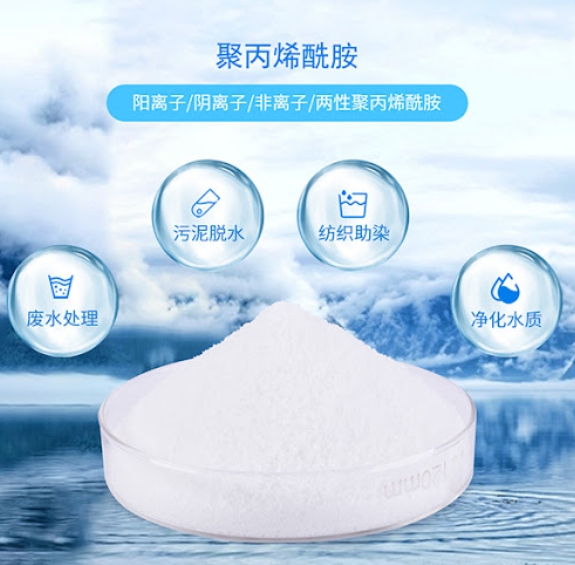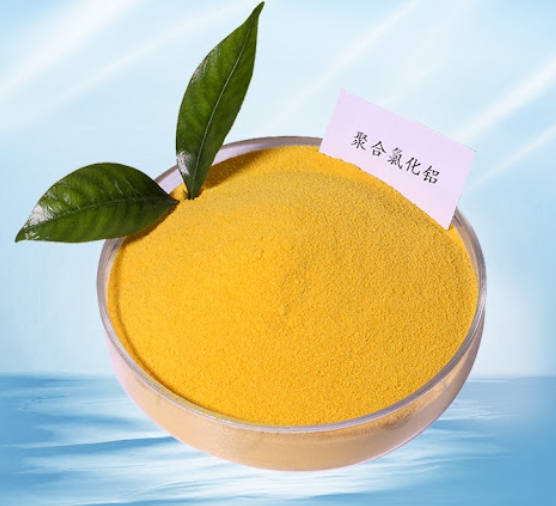
Email: qdlphg@outlook.com
Tel:+8615890155688
Tel:86-371-64570222
WeChat:15890155688
WhatsApp:+8615890155688

Email: qdlphg@outlook.com
Tel:+8615890155688
Tel:86-371-64570222
WeChat:15890155688
WhatsApp:+8615890155688

The combined use of Polyacrylamide (PAM) and Poly Aluminium Chloride (PAC)
2025-07-14
The combined use of Polyacrylamide (PAM) and Poly Aluminium Chloride (PAC)


The combined use of Polyacrylamide (PAM) and Poly Aluminium Chloride (PAC) is a widely adopted and highly effective strategy in water treatment, wastewater purification, and industrial separation processes. Their synergistic effect addresses the limitations of using either chemical alone, significantly enhancing treatment efficiency. Here’s a detailed breakdown of their combined application:
1.Basic Roles of PAM and PAC
A coagulant with strong charge neutralization ability. It dissociates in water to form positively charged aluminum hydroxide colloids, which neutralize the negative charge on suspended particles, colloids, or impurities in the water. This reduces the repulsion between particles, causing them to aggregate into small flocs (micro-flocs).
PAM (Polyacrylamide):
A high-molecular-weight flocculant. It does not directly neutralize charges but uses its long molecular chains to "bridge" the small flocs formed by PAC. This bridges multiple micro-flocs into larger, denser flocs (macro-flocs) that settle faster and are easier to separate from water.
The combination leverages their complementary strengths in a two-step process:
(1) Coagulation with PAC: First, PAC is added to neutralize the charge of fine particles, breaking their stable dispersion and forming tiny, loose flocs.
(2) Flocculation with PAM: PAM is then added to adsorb onto these micro-flocs via its molecular chains, linking them into larger, heavier flocs. This accelerates sedimentation or filtration, improving the clarity of the treated water.
<< Previous Page
Next Page >>